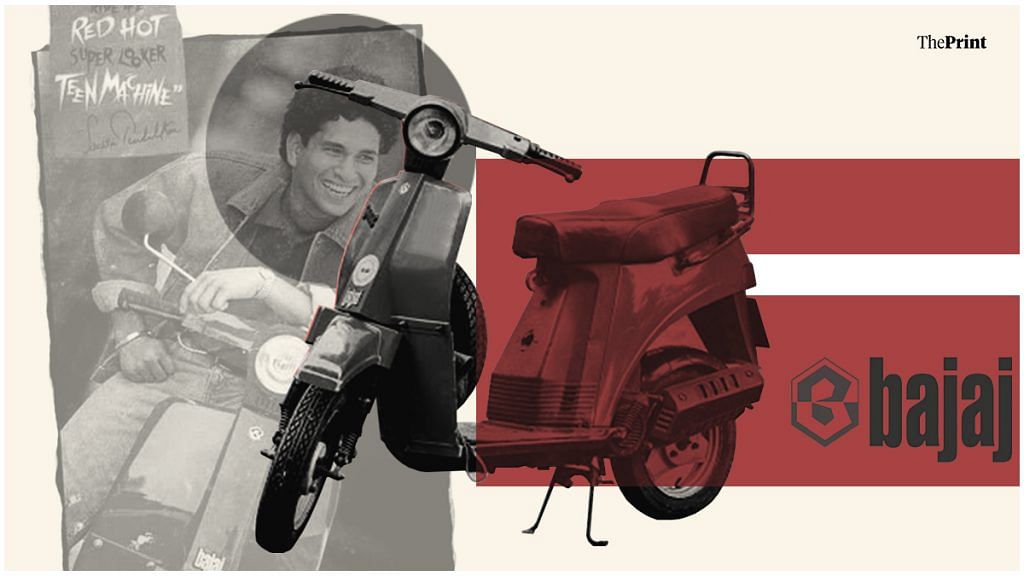C ute, toy-like, peppy. These are some of the first words that might occur to one when thinking of Bajaj Sunny scooters, but there’s a fourth word as well – reliable.
Many might remember the ad in which a nervous young woman, helped by her gentleman friend, takes a bright blue scooter for a spin. She stumbles a little but soon gets the hang of it and zooms by. She offers another boy on the way a lift, leaving her friend disappointed. “Easy come. Easy go”, went the tag line, as the friend throws up his hands in indignation.
This ad for Bajaj Sunny Zip, conceived by advertising agency Contract, was not just an ad for a scooter, but it portrayed a younger, more progressive mindset. It said that the woman didn’t owe her friend an explanation or an apology just because he helped her ride a bike. It said that she was free to chart her own path.
But the Sunny Zip, launched in 1997, was not the original. It was the 60cc sequel to the Bajaj Sunny, which had hit the market in 1990, before India’s markets opened up and ushered in the era of economic liberalisation.
The 50cc Bajaj Sunny was targetted at 16-18 year olds who could drive non-geared automatic vehicles on a learner’s licence. Recall its famous print ad that featured a young Sachin Tendulkar sprawled on the scooter, with the line “Ride the red hot super looker teen machine” above and the master blaster’s signature below.
It would be unfair to limit its appeal to sharp advertising though. The lightweight scooter with a single automatic gear was easy to manouvere and balance on, and it wasn’t going to burn a hole in the pocket, both of which made it an obvious choice for learners.
Niranjana Mehta, a Mumbai-based chartered accountant, was one among many who chose the Bajaj Sunny to learn on. “Chetak and Vespa were simply too heavy to handle,” she recalls. “In college, I asked a friend to teach me how to ride a scooter, which happened to be a Bajaj Sunny. He told me to just sit on it and ride it, and I did!”
At around 50 kmpl the scooter also gave good mileage. “Back in the day, one litre of petrol at about Rs 27 would last me one whole week!” Mehta chuckles.
Also read: ‘Man’s best friend’ — cult Czech classic bike Jawa is back because the brand never died
Luna did not offer the storage space or the aesthetically pleasing value of the Bajaj Sunny, which came to be seen as a lighter, better-looking alternative to the moped.
By the turn of the millennium, India had tasted a few years of globalisation, the options were many more and pockets were deeper than they had been. Bajaj discontinued the Sunny Zip in the year 2000.
But even today, if you ask someone who was a young adult in the 1990s, chances are they will tell you that the Bajaj Sunny gave many of them their first taste of freedom.
Also read: Bajaj Tempo Matador: The camper van with a cult following
